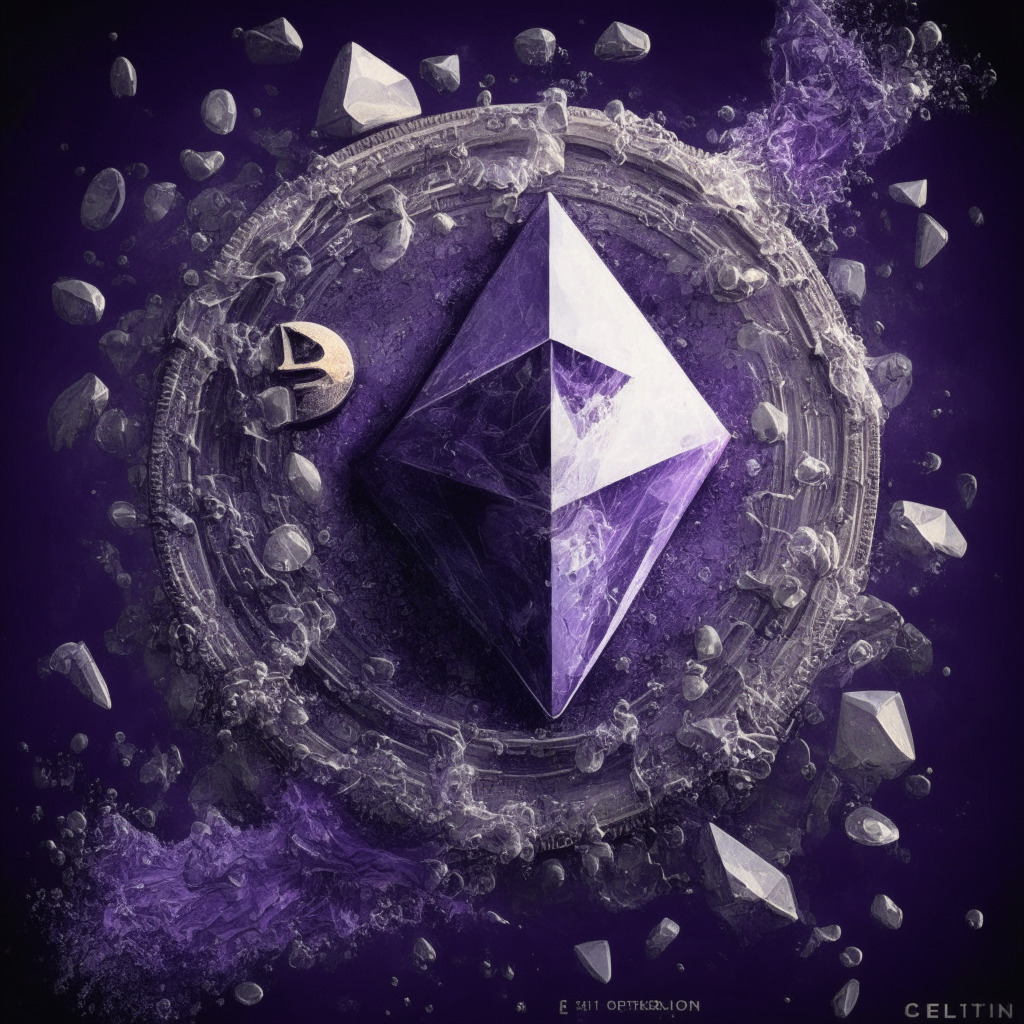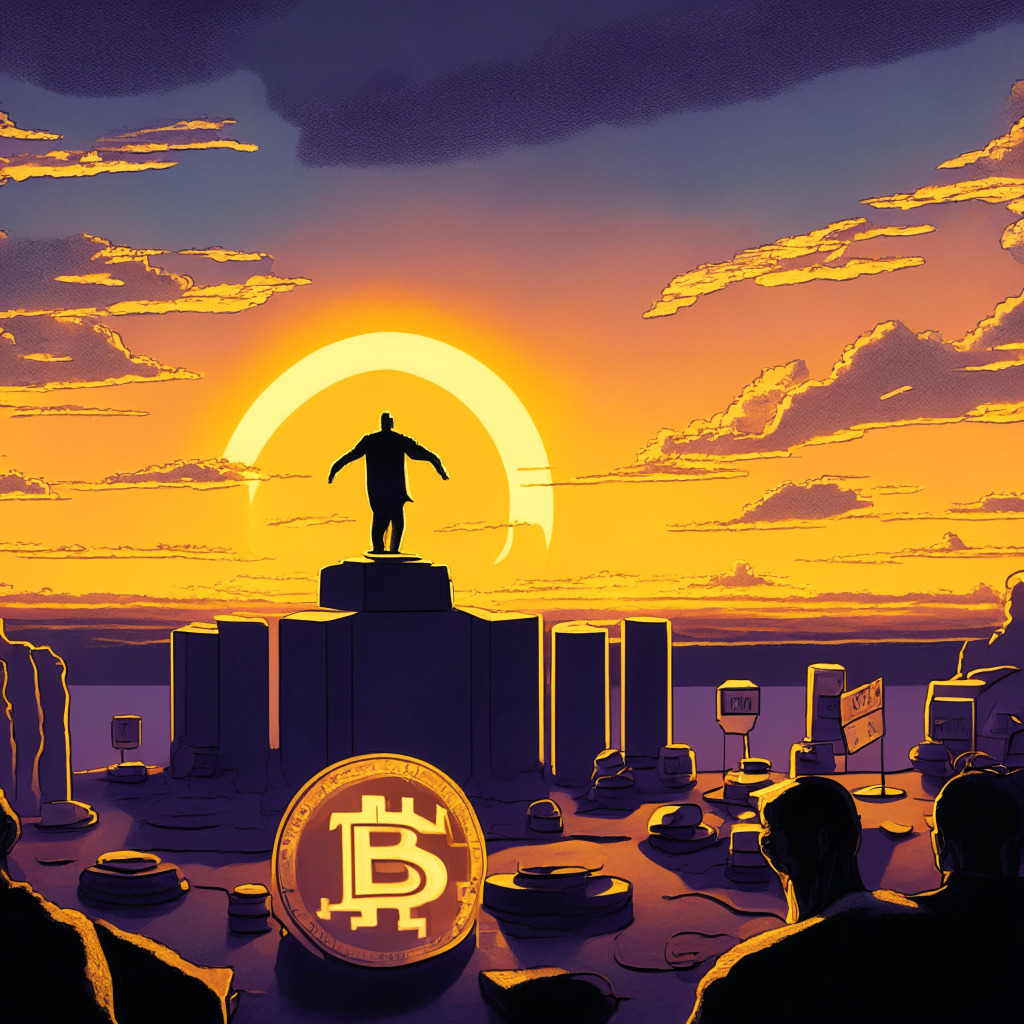The non-fungible token (NFT) market has shown signs of evolution as different metrics paint varying pictures of its current state. According to a report released by DappRadar, NFT trading volume for May reached $333 million, potentially putting it below $1 billion for the first time this year. In contrast, there have been 2.3 million sales executed so far this month accompanied by a significant increase in the number of weekly active wallets interacting with NFTs.
Sara Gherghelas, a blockchain analyst at DappRadar, explained that NFT sales seem to be on track to reach or surpass last month’s numbers, while trading volume lags behind. This could indicate a growing number of NFT traders engaging in smaller dollar-figure trades. Additionally, the number of unique active wallets connected to NFT activities grew by 27% in May, due in part to the Miladys NFT collection’s boost from Elon Musk and profits made from the hyped PEPE token.
Ethereum (ETH) continues to lead the NFT market in trading volume, though other blockchains like Solana and Polygon report a higher number of NFT sales. Data from DappRadar shows that 26.9% of NFT sales occur on Polygon and 13% on Solana, while Ethereum’s market dominance is just 5.7%, suggesting that it is primarily used for large volume sales.
The struggle for NFT marketplace dominance continues between Blur and OpenSea. Blur outperforms OpenSea in trading volume due to its Season 2 rewards campaign and the launch of its lending protocol, Blend. However, OpenSea maintains a larger number of active NFT traders, indicating its continued dominance with a mainstream audience.
Gherghelas acknowledged that trading volume is an essential metric for gauging success in the NFT market, but it can be manipulated by wash trading among collectors trying to earn rewards on platforms like Blur. Despite this, trading volume remains an important metric if considered within context.
As traders’ behavior shifts, it is crucial to examine the type of NFT considered when assessing trading volume. Sales of land parcels across metaverse platforms differ from art-based NFT collections, and G
Source: Coindesk




